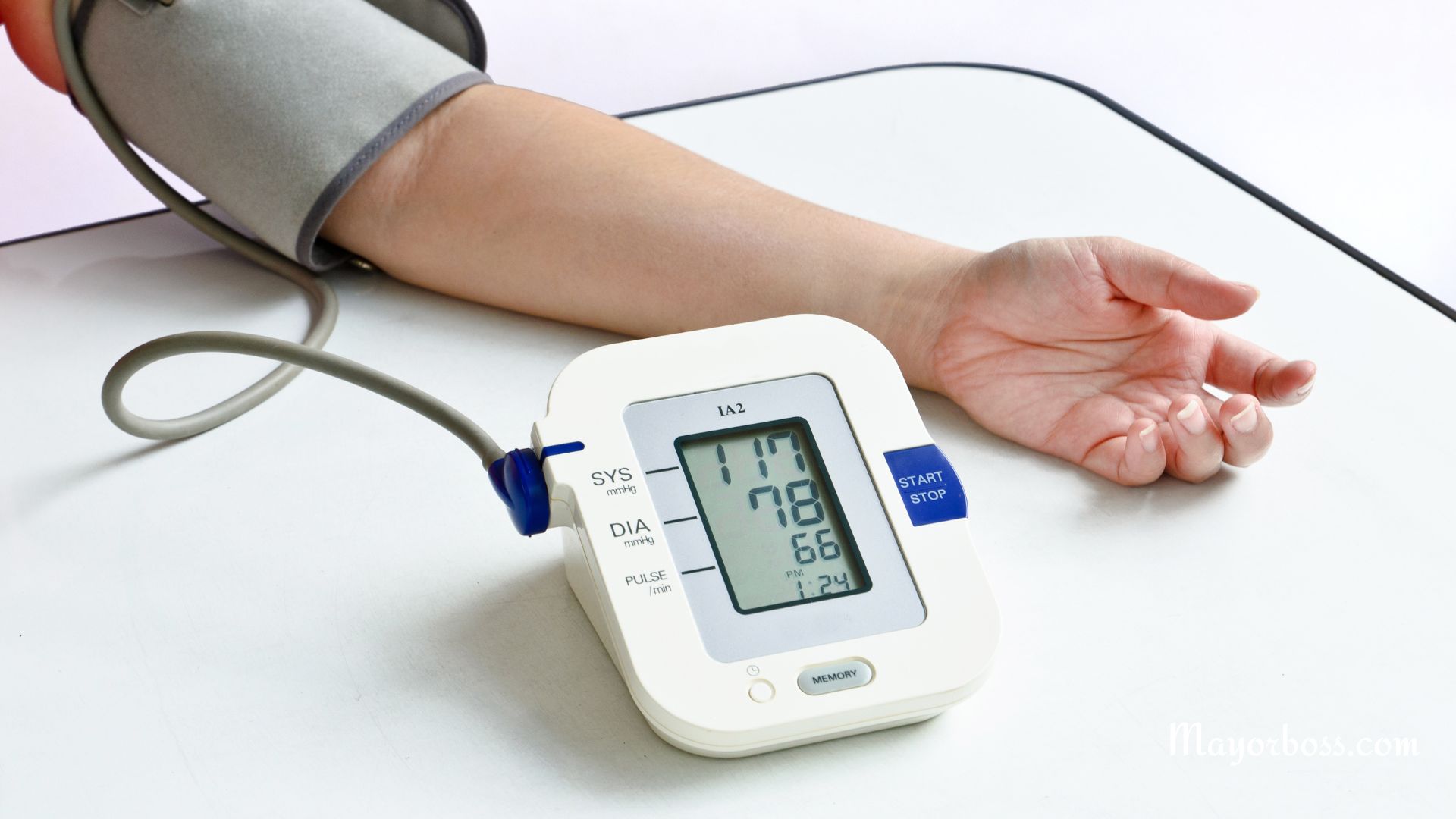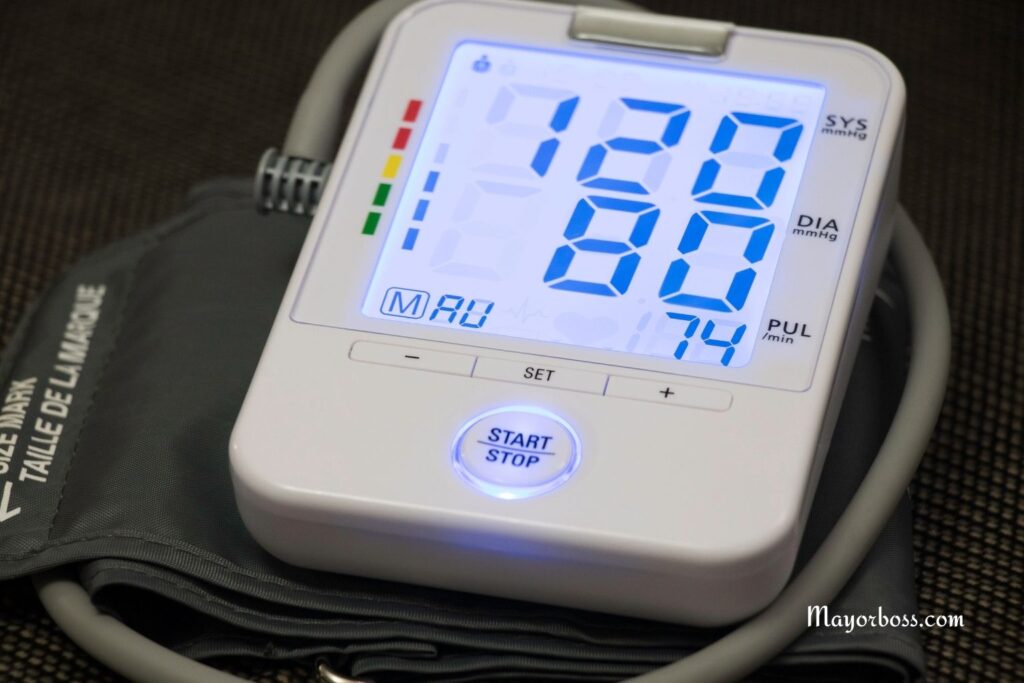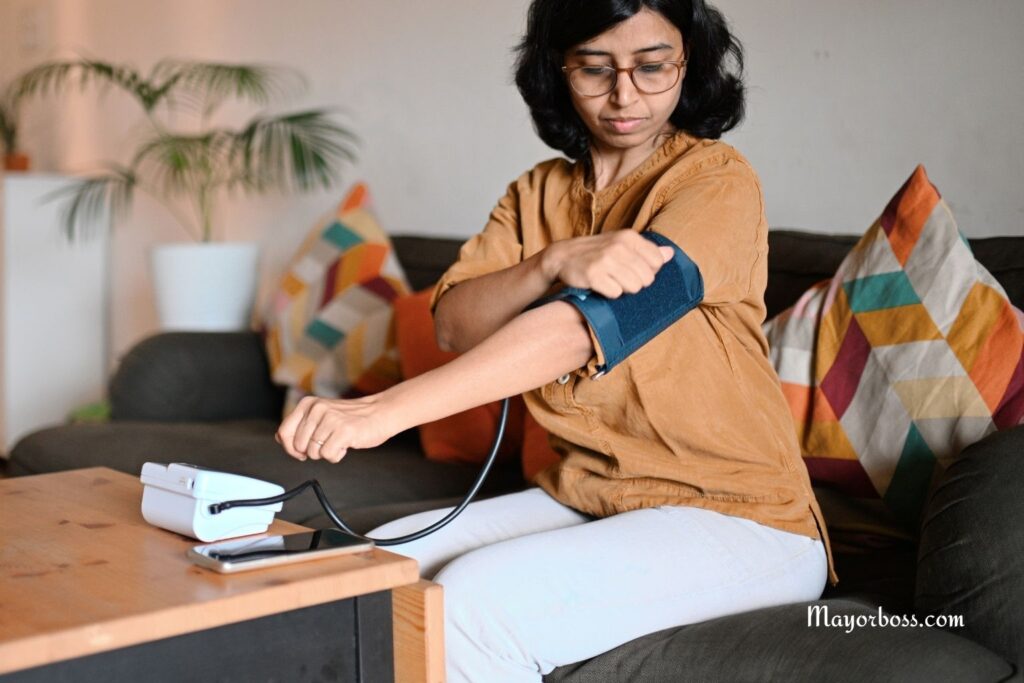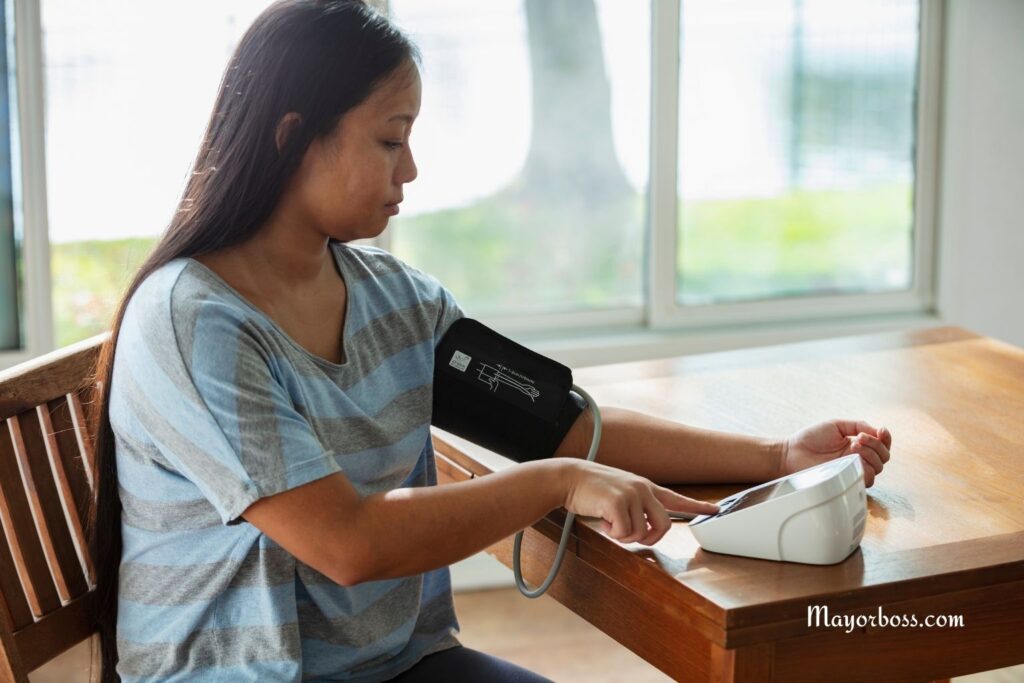You Think That 120/80 Is Normal Blood Pressure: You’re Mistaken
You might think that a blood pressure reading of 120/80 mm Hg is perfectly normal. But here’s the catch: recent guidelines from the American College of Cardiology (ACC) and the American Heart Association (AHA) have redefined what “normal” really means.

As you know, hypertension, or high blood pressure, is a significant risk factor for heart disease and stroke. Studies show that the lower your blood pressure (without symptoms), the lower your risk of heart attack, stroke, and kidney disease. However, recent research shows that when you aim for just 120/80, you may miss the opportunity to lower your risk even further.
Let’s get real here and break it down so you can understand your numbers better.
What Is Considered Normal Blood Pressure Now?

The ACC and AHA updated their blood pressure guidelines in 2017, and they made some significant changes.1 2 Previously, a blood pressure of 120/80 mm Hg was considered the gold standard of normal. However, these guidelines now categorize blood pressure levels differently:
- Normal: Less than 120/80 mm Hg
- Elevated: Systolic between 120-129 and diastolic less than 803
- Stage 1 Hypertension: Systolic between 130-139 or diastolic between 80-89
- Stage 2 Hypertension: Systolic at least 140 or diastolic at least 90
- Hypertensive Crisis: Systolic over 180 and/or diastolic over 1204
This means 120/80 is not the gold standard anymore. It’s right on the edge of “elevated.”
Blood Pressure Chart by Age
Here’s a simplified look at average healthy ranges by age. Remember, these are general guidelines; your doctor may set a different goal based on your specific health needs.
| Age Group | Ideal Systolic (Top Number) | Ideal Diastolic (Bottom Number) |
|---|---|---|
| 18–39 | 110–120 | 70–80 |
| 40–59 | 115–125 | 75–80 |
| 60+ | 120–130 | 70–80 |
This chart helps people understand that numbers shift with age. Still, lower is generally better—as long as you don’t feel dizzy, weak, or faint.
Why Did They Change It?

You might wonder why these guidelines were changed. Well, medical experts have learned much more about blood pressure over the past several decades. Large studies have shown that the risk for heart attack, stroke, and kidney problems begins to rise even when blood pressure is just a little above 120/80 mm Hg. These findings made it clear that a single “normal” number cannot apply to everyone.
Additionally, researchers discovered that some people experience health problems even when their numbers are below 120/80, while others may be healthy with slightly higher readings, especially older adults. Newer guidelines focus on overall risk, not just blood pressure alone.5
Doctors now use broader categories and look at your entire health profile, including age, other diseases, lifestyle, and family history. The goal is to prevent complications before they start, not just react when numbers get too high.
One Size Does Not Fit All

Your ideal blood pressure depends on many factors:
- Age: Blood pressure tends to rise with age. For older adults, slightly higher numbers may be expected.
- Chronic diseases: Diabetes, kidney disease, and heart problems can affect your target range.
- Medications: Some medicines raise or lower blood pressure.
- Lifestyle: Weight, salt intake, alcohol, exercise, and stress all play roles.
Doctors look at your overall health, not just the numbers. For some older adults, lowering blood pressure too much can cause dizziness, falls, and even fainting. For younger adults or people with certain conditions, the safest target may be lower.
Should You Worry About a Single High Reading?
No. A single high measurement can be caused by stress, pain, caffeine, or even talking during the test. Doctors call this “white coat syndrome.” That is why doctors diagnose high blood pressure based on several readings taken over time.6
If you measure your blood pressure at home, sit quietly for five minutes before checking. Take two readings, one minute apart, and record the results.
What Should You Do If Your Blood Pressure Is Elevated?

So, if your blood pressure falls into the elevated category, what’s next? Trust me, I always say it’s better to be proactive. Here’s what you can do:
Eat a Balanced Diet
- Increase fruits and vegetables: Aim for at least five servings a day.
- Choose whole grains: Opt for brown rice, whole wheat bread, and oats.
- Limit salt: Use herbs and spices instead.
- Eat lean proteins: Include lean meats, fish, beans, and legumes.
- Cut back on sugar: Reduce sugary drinks and sweets.
Stay Physically Active
- Exercise regularly: Aim for 150 minutes of moderate exercise per week.
- Incorporate strength training: At least two days a week.
- Be more active daily: Take the stairs, park further away, etc.
- Find enjoyable activities: Dance, garden, or play a sport.
Maintain a Healthy Weight
- Set realistic goals: Lose weight gradually.
- Focus on healthy habits: Balanced diet and regular exercise.
- Track your progress: Use a journal or app.
- Seek support: Join a group or find a workout buddy.
Reduce Stress Levels
- Practice relaxation techniques: Try deep breathing, meditation, and yoga.
- Engage in hobbies: Reading, painting, gardening, etc.
- Stay connected: Spend time with loved ones.
- Get enough sleep: Aim for 7-9 hours per night.
Limit Alcohol and Quit Smoking
- Moderate alcohol: No more than two drinks a day for men and one for women.
- Quit smoking: Seek support if needed.
Regular Monitoring
Regularly check your blood pressure at home using a validated device. This helps you keep track of your levels and notice any changes early. It’s really, actually a good habit to form, especially if you have a family history of hypertension.
What If Your Numbers Are High?
Don’t panic. Talk to your doctor. Sometimes, lifestyle changes are all you need. Other times, medication is necessary. Work with your healthcare team to set a target that’s right for you, not just a number you’ve seen online.
When Should You See a Doctor Right Away?

Seek help if your blood pressure is extremely high (180/120 mm Hg or higher) and you have:
- Chest pain
- Shortness of breath
- Severe headache
- Vision changes
- Weakness or numbness
These can be signs of a hypertensive emergency and need immediate care.
Final thoughts
Believe it or not, managing your blood pressure is about more than just the numbers. It’s about living a healthier, longer life. High blood pressure often has no symptoms until it’s too late, so regular monitoring and early intervention are vital. So, next time you check your blood pressure, remember that 120/80 mm Hg is no longer the end goal. Aim for lower, healthier numbers, and don’t hesitate to make the necessary lifestyle changes to get there. Talk to your doctor about what’s best for you.
FAQs
1. Is 120/80 considered normal blood pressure?
It’s on the borderline. Today, anything under 120/80 is normal, while 120/80 itself is considered “elevated.”
2. What is a healthy blood pressure by age?
For most adults, under 120/80 is best. Older adults may have slightly higher safe ranges, but the lower your numbers (without symptoms), the better.
3. Can stress cause high blood pressure?
Yes. Stress can cause temporary spikes, and chronic stress may contribute to long-term hypertension.
4. How often should I check my blood pressure?
If you’re healthy, once or twice a year may be enough. If you’re at risk or already have hypertension, check weekly at home and follow your doctor’s advice.
5. Can lifestyle changes lower blood pressure without medicine?
Yes. For many people, diet, exercise, stress control, and weight management can bring numbers down naturally. Medication may still be needed if lifestyle alone isn’t enough.
For more detailed information, you can visit the American College of Cardiology and the American Heart Association websites.
References:
- https://www.acc.org/latest-in-cardiology/ten-points-to-remember/2017/11/09/11/41/2017-guideline-for-high-blood-pressure-in-adults ↩︎
- https://www.heart.org/en/health-topics/high-blood-pressure/understanding-blood-pressure-readings ↩︎
- https://www.acc.org/latest-in-cardiology/articles/2017/11/08/11/47/mon-5pm-bp-guideline-aha-2017 ↩︎
- https://www.acc.org/latest-in-cardiology/articles/2017/12/11/18/31/new-2017-acc-aha-guideline-for-high-blood-pressure-in-adults ↩︎
- https://pmc.ncbi.nlm.nih.gov/articles/PMC514035/ ↩︎
- https://my.clevelandclinic.org/health/diseases/23989-white-coat-syndrome ↩︎






